Last updated: September 25, 2025
Article
Legacy of the Cowpens
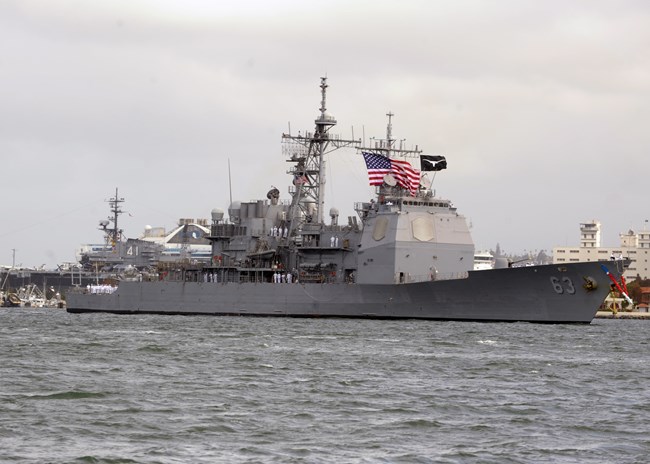
US Navy
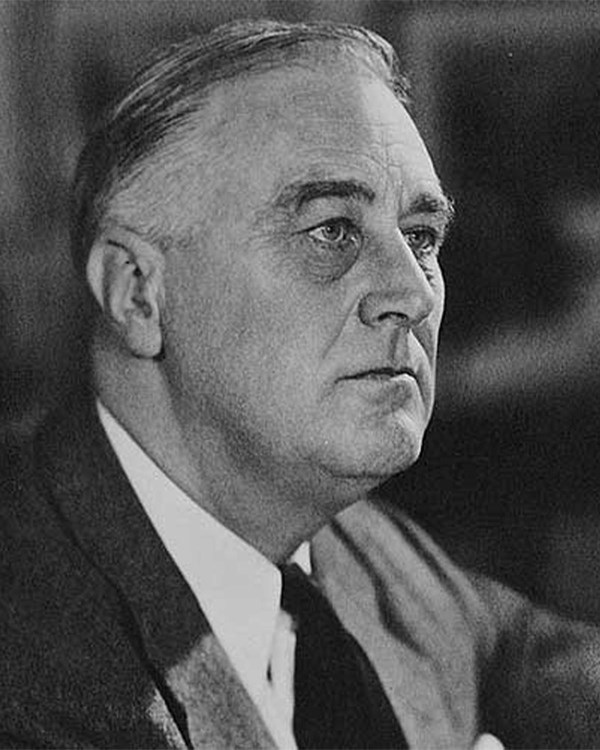
Library of Congress.
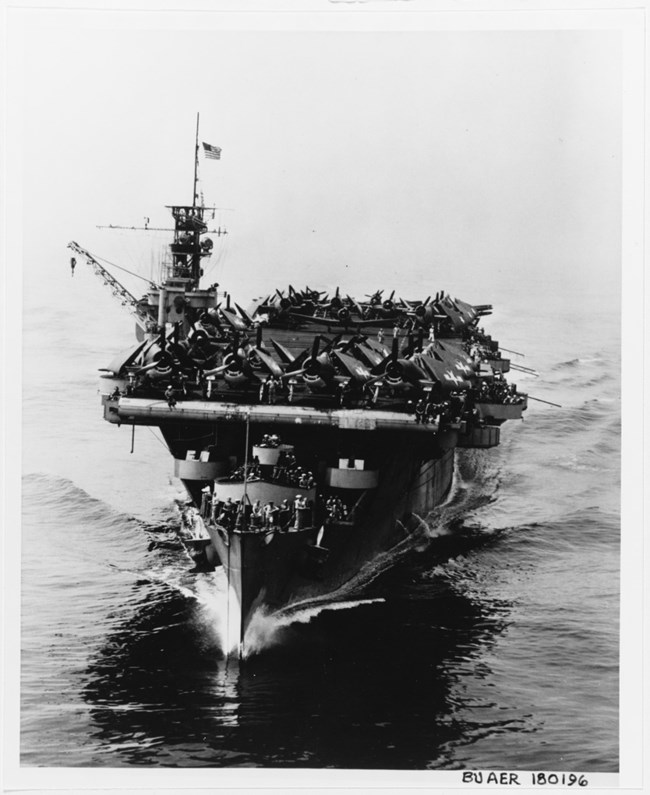
Navy History and Heritage Command.
- Pacific Island Raids & Wake Island Raids, October 1943
- Gilbert Island Operations, November-December 1943
- Marshall Island Operations, 1943
- Truk Attack, 1944
- Marianas Attacks, 1944
- Western New Guinea Operations, 1944
- Marianas Operations, 1944
- Western Caroline Islands, 1944
- Leyte Gulf, 1944
Visit our keyboard shortcuts docs for details
- Duration:
- 25 minutes, 24 seconds
Ray Williams talks about his military experience serving aboard the U.S.S. Cowpens CVL-25 in World War II.
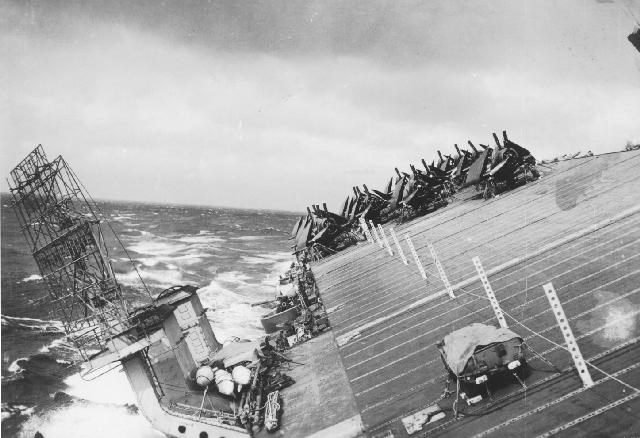
US Navy
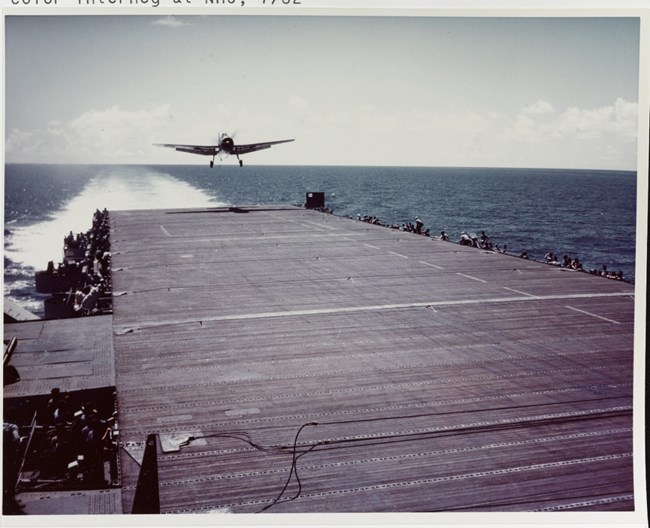
Navy History and Heritage Command.
The USS Cowpens, CVL-25, was decommissioned on January 13, 1947, and reclassified as an aircraft transport, AVT-1, but she never served in that role. The ship was sold for scrap in 1961.
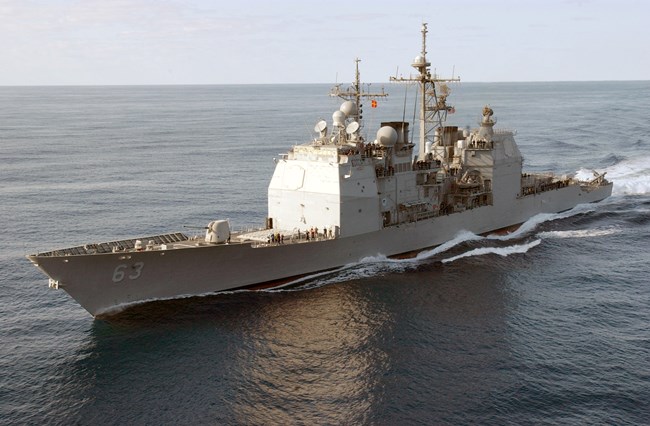
US Navy.
On January 17, 1993, while serving in the Persian Gulf, the USS Cowpens fired 10 Tomahawk missiles in response to Iraqi violations of sanctions that the United States had imposed. Ten years later, on March 20, 2003, she fired the first tomahawk missile into Iraq during Operation Iraqi Freedom.
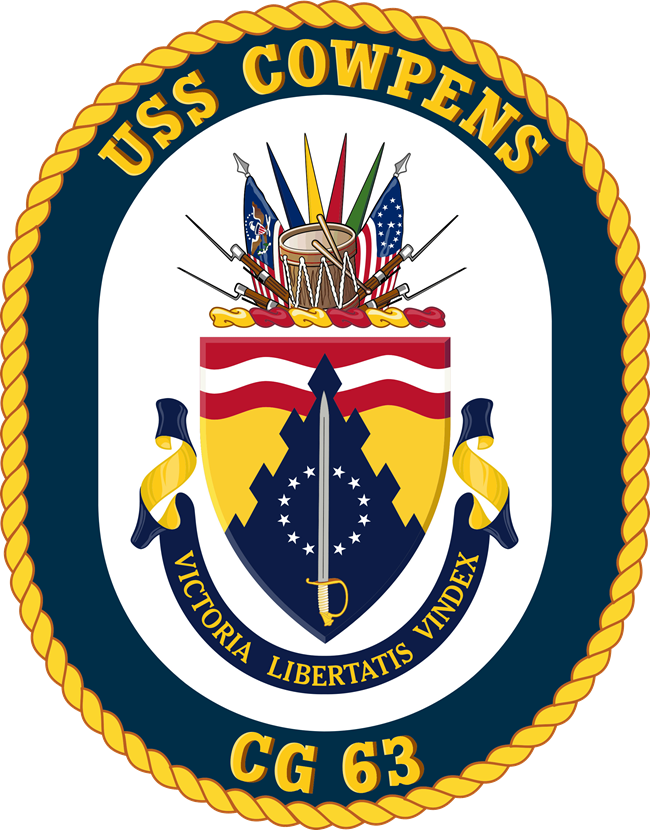
US Navy.
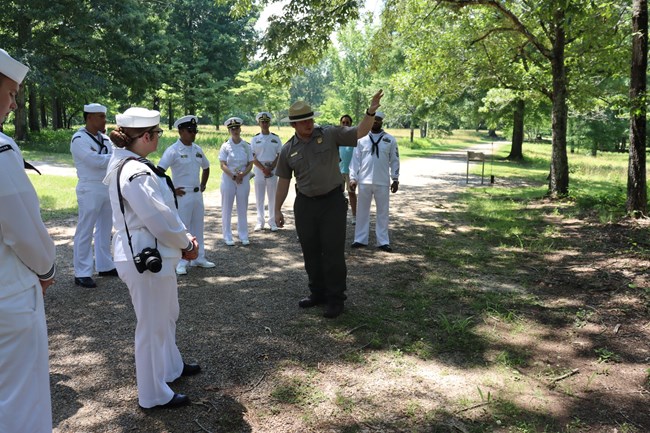
NPS Photo.
